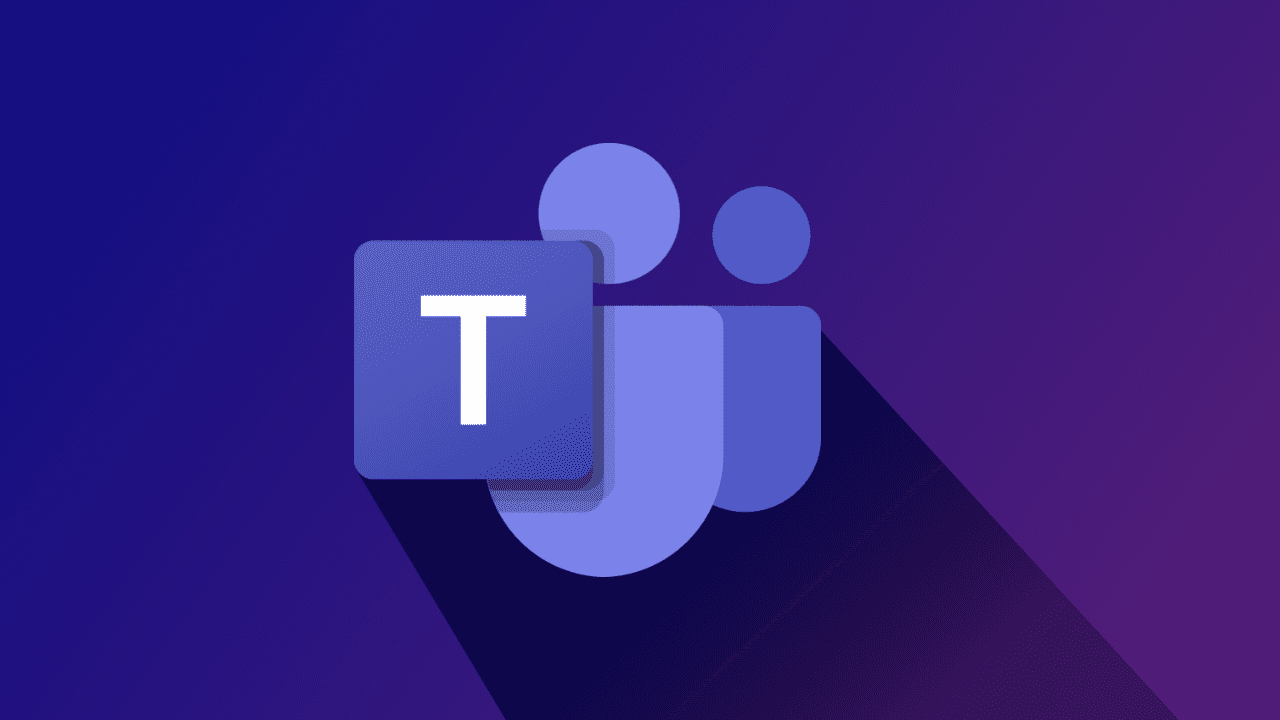3CX Teams Integration

Historically when integrating with Microsoft Teams voice you would need to work with Microsoft to migrate your own telephone numbers to Microsoft and use their calling plans. The other option is to create a direct route, implement your own session boarder controller (SBC) or a hosting provider session boarder controller and then link this to a Session Initiation Protocol (SIP) trunk provider.
Good news is that there is an alternative available now. We can now use 3CX to help bridge the gap in places where we are hosting our own SBC, our solution providers hosting the SBC, but this is costly. There is a massive overhead in doing so, we could have relationships with the sbc vendor, hardware provider, handset manufacturer, SIP trunk provider, soon you’ll realise it’s a jumble to keep it all moving. But this is the beauty of 3CX, it simplifies this.
How to configure 3CX v18 for Microsoft Teams
Keith Winhall has written a few articles on how to get the whole solution to work in a three part series – Part 1, Part 2, and Part 3
Azure
The positive things to think about are how it bolts together and what it gives. It’s ultimately a very clever direct route. It works seamlessly with Microsoft Azure AD. There is a three-part process that needs to be followed. First step is to connect the latest version of 3CX directly to Azure AD to then allow access then to import all the user’s information through.
Sponsored: 3CX is a global leader in business communications. Taking advantage of the SIP open-standard and WebRTC technology, 3CX provides a complete communications platform, offering customers a simple, flexible, and affordable solution to call, video and live chat.
Sign Sign On
Second phase is to then connect the single sign on to allow the application to sign in using the same credentials as before. This is similar to being able to have your house keys and your car keys be the same thing. This will allow the 3CX software utilise the same authentication as your Microsoft 365 account.
Direct Route
The direct route aspect is where the 3CX software will be allowed access to work along side the Microsoft Teams phone system. The configuration follows traditional SBC access however, in this instance it is 3CX that is providing the SBC.
Provisioning the telephone system
The platform can be provided in several ways:
Hosted by 3CX
The first and simplest is to have a hosted solution. This is where 3CX will provide the server and sbc infrastructure. There is a charge for hosting depending on user count, however, this is free for the first year to try out and do a proof of concept. This will allow 3CX to take care of the management and monitoring of the system. This is super simple and the entire solution is up and running in 9 minutes while their solution spins up the virtual environment in your allocated domain.
Self-host in a cloud
Second method of providing the 3CX solution is via a cloud-based solution such as Amazon AWS/LightSail, Google Cloud, or Microsoft Azure. This provides you the ability to have full control and manage the 3CX environment yourself.
On-Premises
This allows you the ability to run the 3CX software on a Linux, Windows, or a raspberry pi solution and keep all the solution in house. This is a good option for those of you who are particularly security cautious and risk conscious.
Pros
There are some distinct pros. These include that the solution comes with more than a simple direct route. Things that should be considered is that 3CX v18 is more than a phone, it can:
- Provide an alternative service for the Auto Attendants and Call Queues.
- Remove the requirement for Microsoft Teams Calling plans
- Ability to chose your own SIP trunk providers from their approved list
- Ability to register any IP phone, it doesn’t have to be a Microsoft Teams compatible endpoint.
- Bring solutions like paging to the clients, which isn’t included in Microsoft Teams
- In depth agent performance with call reporting. This is possible with Microsoft but required the use of Power BI dashboards to complete the same task.
- Contact Center functionality
- Call recording
- Integration into popular CRMs such as Salesforce, Freshdesk, Microsoft Dynamics and more.
Cons
- Requires an enterprise license
- Microsoft GCC and DoD are not supported as they don’t currently support direct routes
- Possible confusion with Integrated and free video conferencing – you can do this through Teams and may require some end user education as to what product to use.
- Administration isn’t through the Microsoft Teams Admin portal, but through the 3CX Admin portal.
Conclusion
The solution certainly sits well for less than enterprise customers. For organisations that require a hosted or secure environment it certainly fits the bill. The integration into Microsoft 365 is more complexed than a standard direct route. This is because the application that 3CX has created is more than a telephone system. It allows access into multiple ways into Microsoft 365. With the ability to use the 3CX SIP trunks, leverage multiple providers in multiple geographies, ability to use.
If I were starting my own business, if I had a CRM tool, if I had the requirement to use a market leading contact center application, leveraging integration into Microsoft Teams, I think you would be silly not to look into 3CX’s v18 solution. It clearly offers value for money, with the experience of a VoIP IPBX provider that has been around for over 16 years. It’s no coincidence that Microsoft use 3CX soft phone in their own Microsoft Voice Engineer training course.
Related articles



